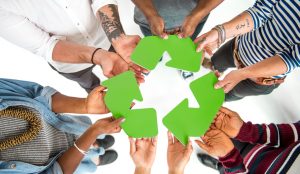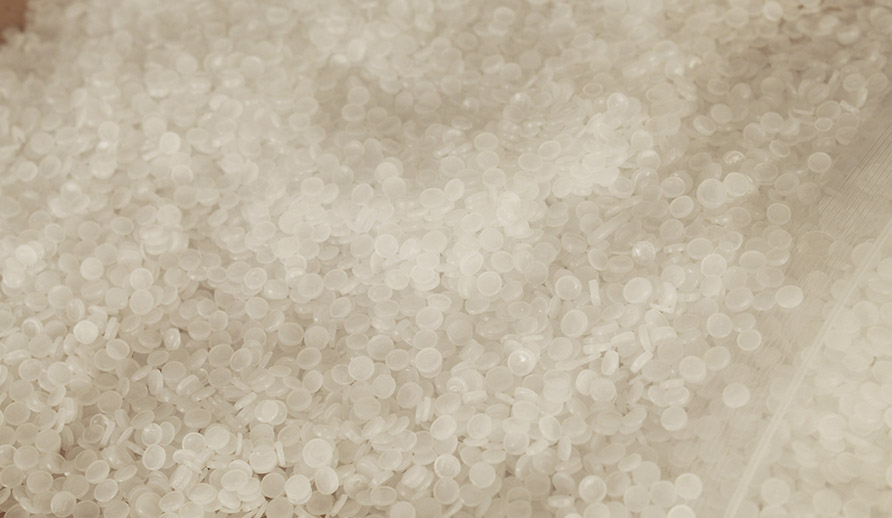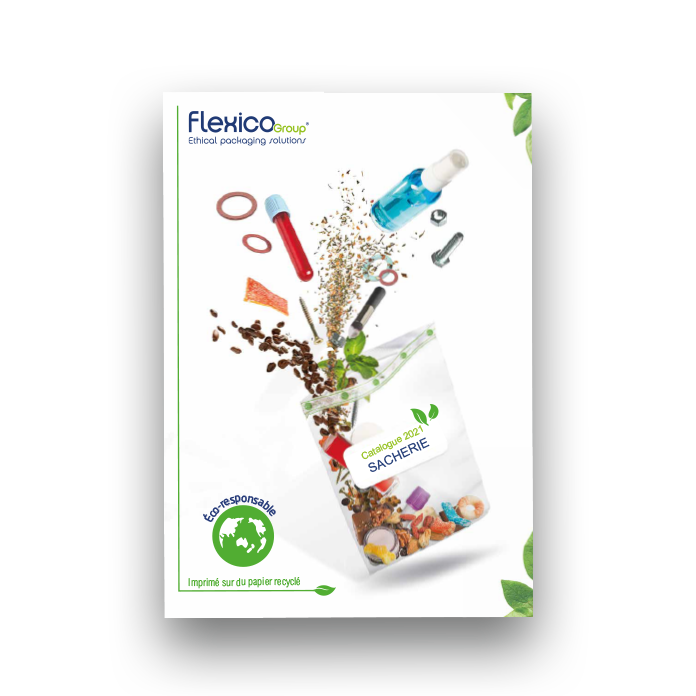
Recycling plastic packaging is a strong component of waste reduction. Incorporating recycled plastic into new packaging is indeed common practice. However, the challenges listed by the National Packaging Council are numerous and pose a number of limitations.
Issue 1 : ensuring the availability of the resource
Plastic is produced. Millions of ton every year. However, when we talk about the use of recycled materials, we systematically come up against the question of the availability of the resource. This may sound like a joke, but the problem is real.
Indeed, recycling plastic is one thing. Recycling it while respecting the specifications imposed by the use of recycled material in packaging is another. This is where the problem lies, because these requirements include :
- respect for the quality of the material
- regulations in terms of food contact
- traceability of recycled materials;
- economic balance between supply and demand;
- investments to be made in recycling units.
The problem of the recycled plastic quality
Taking the case of polystyrene (PS), the current recycling technique is mechanical. It does not allow a sufficiently high level of intrinsic quality to be achieved for use in food contact packaging. Chemistry-based technologies are being developed. If they reach the industrial stage, recycled PS should then find more outlets.
Food contact regulations
For the time being, only the European regulation n°1935/2004 of 27 October 2004 sets rules concerning the suitability of materials to come into contact with foodstuffs. However, the recycling industry will have to be reactive in the event of changes in the law.
Traceability of recycled materials
How can we know where the recycled plastic in a packaging comes from? How can we be sure that it is free of any form of prohibited chemical product? Removing this obstacle, both technically and in terms of regulations, is an essential prerequisite. For the moment, even if this point is still unclear, it is possible to base ourselves on the European standard EN 15343:2007, which sets out a certain number of requirements for the traceability of recycled materials present in new packaging. In particular, a series of checks are recommended, covering
- the quantity and quality of the recycled materials incorporated in the packaging
- the quality of the recycling process;
- the quality of the packaging resulting from the production chain.
Certification, for example by EuCertPlast, reassures the consumer that the requirements of this standard are being met.
The economic balance between supply and demand of recycled material
Today, one tonne of recycled plastic is not as competitive as the same quantity of “virgin” plastic. Even if the technological cost can be lowered with higher volumes, the tension between the supply of recycled material and the demand could unbalance the economy of the sector. Indeed, there is no point in recycling plastic if there are no outlets. Conversely, if the need for recycled materials exceeds the quantity available, production will suffer. Certain fiscal levers must therefore be activated to obtain a favourable balance to recycled plastic.
This is precisely the objective of the Orplast support scheme, for “Objectif Recyclage Plastiques”, launched by ADEME in 2016. In the form of calls for projects, it makes it possible to subsidise the supply of recycled plastics to producers of recycled plastic-based materials. On the other hand, it finances research and development with a view to developing more efficient methods of integrating recycled plastic into new materials. A new call for projects with a budget of €15-30 million was announced by the government on 5 June 2020.
Investing in recycling units
In order to keep up with regulatory changes, recycling techniques will have to progress. This will allow the integration of a higher rate of recycled plastic in packaging. Investments will therefore have to be made to meet the requirements.
Issue 2 : Protecting consumer’s health
Medicines, food and drink are all examples of targeted packaging that is expected to be safe for consumers’ health. But how can we ensure that plastic materials are free of contamination? The plastic to be recycled must be safe, or at least it must be safe after recycling. This requires perfectly developed washing and decontamination techniques. Quality Checks are then carried out to ensure compliance with the regulations. At present, these technologies are not really accessible, at least not at an economically acceptable cost.
Issue 3 : Stakeholder engagement
Even if these technologies were developed and cost-effective, public approval and trust would be difficult to achieve. At some point, marketers will have to face consumer’s relctance. They will have to be fully transparent in order not to jeopardise their image and avoid any misfortune.
Issue 4 : Anticipating and monitoring regulatory developments
Whether it prohibits, obliges or provides a roadmap, national or European regulations change quickly. It is therefore necessary to be prepared to deal with them. The key word is not to be satisfied with following European and French laws. You have to keep an eye on what is happening outside your borders. Sometimes good ideas come from elsewhere. It is therefore easy to predict that a favourable change in the rules abroad could be seen as an opportunity in our own countries. Preparing for it, anticipating it, can therefore be a competitive advantage. The United Kingdom, for example, plans to tax plastic packaging that does not include a minimum of 30% recycled material by 2022.
Issue 5 : Consumer’s acceptance
According to a 2018 Citeo study, more than 90% of consumers view the incorporation of recycled materials in packaging positively. This is good news, as more than 50% of recycled polyethylene is currently used in the manufacture of bottles.
As for other types of plastic, the situation is not good because of the issues discussed above. Only time will tell if all the obstacles have been overcome and if the incorporation of recycled plastic in packaging will become the standard.
> To find out more about Flexico’s waste management policy, visit Flexico, an eco-responsible player page.


